Every time you ride, your life could depend on your gear. In 2022 alone, over 5,500 American motorcyclists were fatally injured—a number that’s deeply alarming. Yet, research proves that investing in the right motorcycle safety gear could reduce your risk of serious injuries or death by as much as 37%. If you want to fully enjoy motorcycle riding and protect yourself, understanding—and choosing—the best cycle gear is absolutely crucial.
In this article, we'll not only reveal how cutting-edge riding gear saves lives, but also show you how to select the safest, most effective jacket, gloves, helmet, and boots for your next trip. Ready to ride safer and smarter? Let's dive in.
The Life-Saving Impact of Motorcycle Safety Gear: Why Every Rider Needs It
- In 2022, over 5,500 motorcyclists were fatally injured in the United States alone. Research shows that wearing appropriate motorcycle safety gear can reduce serious injuries and fatalities by as much as 37%.
The importance of motorcycle safety gear cannot be overstated. Every year, thousands suffer preventable injuries because they weren’t adequately protected while riding. Helmets, jackets, gloves, and boots work together to shield your most vulnerable areas during accidents or falls, drastically lowering the risk of fatal or life-altering injuries. The ultimate value of quality cycle gear comes not only from comfort or style, but from restored peace of mind and genuine life-saving potential.
Think of your helmet as your most vital defense—studies by the National Highway Traffic Safety Administration (NHTSA) consistently show that helmeted riders are far less likely to suffer traumatic brain injuries. But don’t stop at just a helmet: reinforced jackets, armored gloves, and purpose-built boots all play vital roles in absorbing impact and preventing severe abrasion. Modern riding gear also increasingly features high-tech materials and ergonomic designs, ensuring comfort doesn’t come at the cost of protection.
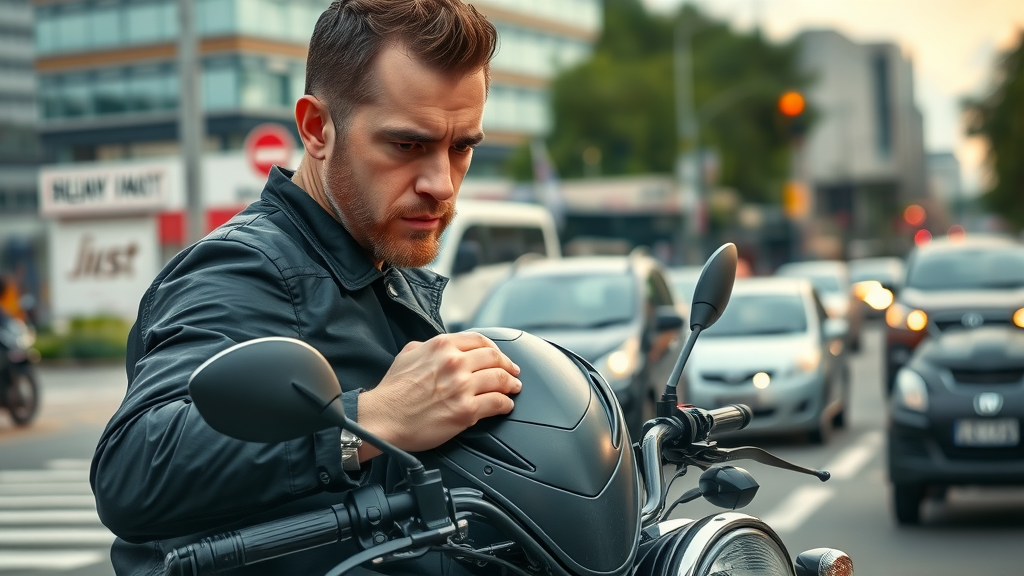
"Wearing the right motorcycle safety gear can make the difference between a close call and a tragic accident. It's a simple decision that saves lives." – National Highway Traffic Safety Administration (NHTSA)
As helmet technology continues to evolve, innovative materials and impact-absorbing designs are setting new benchmarks for rider protection. For a closer look at how D3O’s revolutionary helmet innovation is disrupting industry safety standards, explore the latest advancements in motorcycle helmet design and what they mean for your safety on the road.
What You'll Learn About Motorcycle Safety Gear and Its Protective Power
- How to evaluate different types of motorcycle safety gear for maximum protection
- The key differences between basic riding gear and advanced motorcycle riding gear
- Expert insights on choosing the best cycle gear for your needs
By the end of this guide, you'll know exactly how to distinguish between entry-level gear and advanced armor, what features to prioritize for your specific riding style, and which brands consistently deliver the best value and safety. Whether you’re a daily commuter or weekend enthusiast, investing in the right motorcycle gear can be life-changing.
We’ll examine the pros and cons of leading motorcycle jackets , review critical safety certifications, and share essential maintenance tips so your investment lasts longer. Plus, you'll discover insider tips for finding deals (think: financing offer , free shipping, and eligible customer programs) and learn how to upgrade your kit for every ride.
Essential Types of Motorcycle Safety Gear: Protecting Every Rider
No matter your riding style, season, or skill level, having the core elements of motorcycle safety gear is non-negotiable. Here’s what every rider should consider before heading out on their next adventure.
Serious injuries often result from neglecting even a single piece of protective motorcycle riding gear . Whether you’re tackling city streets or open highways, ensuring full coverage—head, hands, torso, and feet—is essential for maximum safety. Below we break down each piece, what to look for, and why it matters.
Motorcycle Helmets: The Non-Negotiable Piece of Riding Gear
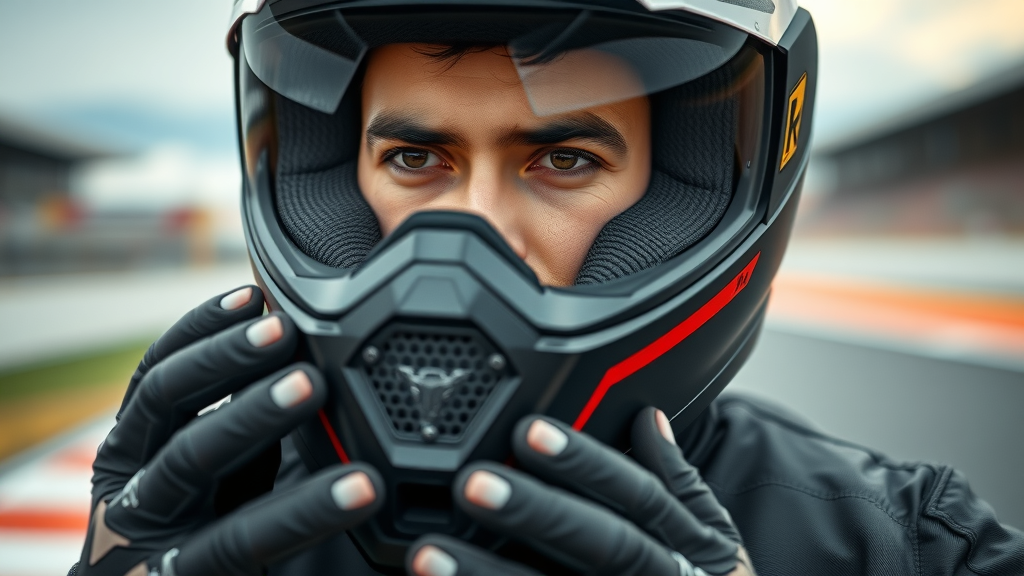
- Full-face, modular, and open-face designs
- DOT, ECE, and Snell certifications for motorcycle helmets
The helmet is universally regarded as the most important item in motorcycle safety gear . Modern helmets come in various styles—full-face, modular, and open-face—each offering different protection levels. A full-face helmet provides all-around coverage for the head and chin, while modular and open-face types are more versatile but typically offer less impact protection. Key certifications, like DOT (Department of Transportation), ECE (Economic Commission for Europe), and Snell, verify a helmet’s safety standards.
When shopping for a motorcycle helmet , ensure it’s a snug but comfortable fit, covers your temples, and has a secure strap system. Many *participating dealers* offer try-before-you-buy experiences and *day shipping* for quick delivery. Remember: a properly fitted helmet can literally save your life. Don’t be tempted by lost or stolen offer codes online—choose your helmet from a reputable source for maximum peace of mind.
Motorcycle Jackets: Advanced Protection and Stylish Coverage
- Armored motorcycle jackets and abrasion-resistant fabrics
- Ventilation and weatherproofing features

A motorcycle jacket does more than make a style statement—it’s an integral element of riding gear designed to shield against abrasions and impacts in a fall. Leading brands use abrasion-resistant materials such as reinforced leather and advanced textiles, backing them with CE-approved armor at the shoulders, elbows, and back. Look for motorcycle jackets featuring weatherproof liners for rainy rides, plus ventilation panels for comfort during le riding on hot days.
When browsing for a jacket, prioritize safety over aesthetics but know that many options expertly blend both. Modern designs include adjustable armor points, reflective details, and even quick-access pockets for hero offer code storage (helpful for quick track-day registration). Always check the fit and comfort, especially for longer commutes—your dealer are not responsible for lost or stolen gear once you leave.
Motorcycle Gloves and Boots: Shielding Your Extremities
- Impact resistance and reinforced materials
- Waterproof and all-weather riding gear options
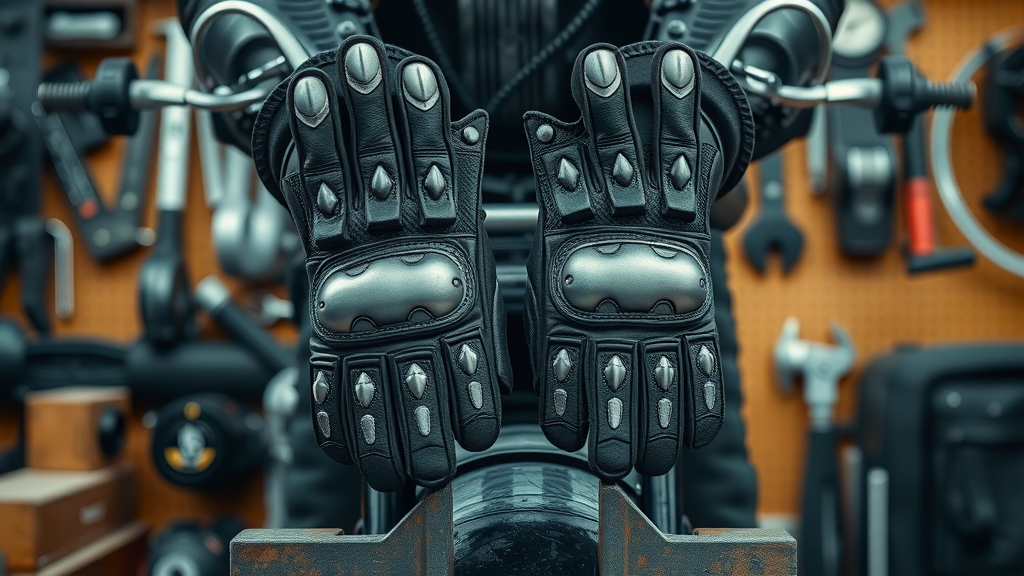
Hands and feet are particularly vulnerable in any accident. Protective motorcycle gloves feature reinforced knuckles, wrist sliders, and abrasion-resistant materials such as full-grain leather and Kevlar composites. For maximum protection, choose options that are both impact-resistant and breathable for long, safe rides.
Motorcycle boots provide essential ankle protection and feature oil-resistant soles, steel shanks, and water-repellent finishes—key for wet weather. Look for boots with robust closures and reinforced toes, especially if you ride high-performance bikes like the Street Glide. Weather-appropriate gear can dramatically boost safety and comfort, with many options now offering perks for this product like free shipping or perks with RPM programs for loyal buyers.
How to Choose the Best Motorcycle Gear: Key Features and Buying Guide
Protecting yourself on the road requires more than just buying the first piece of gear you see. With so many advancements in technology and materials, it’s vital to consider comfort, fit, style, and most importantly—protection standards. Here’s how you can get the best value and safety for your investment in motorcycle riding gear .
Many stores offer special financing offers, hero offer discounts, or member perks exclusive to eligible customers. Always ensure that the deal is incentive valid and participation may vary by dealer, so it's wise to double-check each offer is subject to change. This due diligence translates to long-term peace of mind and financial savings.
Cycle Gear Fit and Comfort: Ensuring All-Day Safety
- Sizing charts and adjustability tips
- Breathability and mobility for le riding

Comfort is critical when it comes to cycle gear —ill-fitting gear can quickly become distracting or even dangerous. Make the most of sizing charts, and don’t hesitate to try on multiple brands for the right fit. Most major brands offer adjustability in their jackets and gloves, letting riders tailor fit and feel perfectly to their body type.
For le riding, prioritize gear with flexible joints and ventilation panels that promote breathability. Mobility is a must; gear that restricts your arms, legs, or torso could impede reaction times during an emergency. Many top-tier options today offer dynamic design, ensuring safety never compromises comfort, so you can confidently enjoy both short city commutes and long tours.
Material Technology in Motorcycle Riding Gear
- Leather vs. modern synthetics
- CE-approved armor and advanced textiles
Material selection can be the difference between a serious injury and a minor one. Traditional leather remains a gold standard due to its unmistakable abrasion resistance, but modern synthetics like Cordura, Dyneema, or Kevlar composites offer exceptional durability at a lighter weight. Always confirm the presence of CE-approved (Conformité Européenne) armor in high-impact zones when evaluating jackets and pants.
Advanced textiles now commonly feature moisture-wicking, waterproof membranes, and integrated reflective elements for nighttime or poor-visibility conditions. For those who ride year-round or on diverse terrains, consider hybrid gear that merges leather sections with stretch synthetic panels. Dealer participation may vary in offering these latest materials, so consult with specialists to ensure you’re investing in up-to-date, compliant gear.
Top Recommendations: The Best Motorcycle Safety Gear for 2024
| Product | Type | Safety Rating | Material | Price Range | Customer Rating | Key Feature |
|---|---|---|---|---|---|---|
| AGV K6 S | Helmet | DOT/ECE | Carbon-Aramid Fiber | $450-$500 | 4.8/5 | Ultra-lightweight, top-tier impact protection |
| Alpinestars Oscar Charlie | Jacket | CE Level 2 | Leather/Textile Blend | $400-$600 | 4.7/5 | Adjustable armor, heritage style |
| REV’IT! Sand 4 H2O | Gloves | CE Rated | Leather/Textile/Mesh | $100-$120 | 4.6/5 | Waterproof and touchscreen compatible |
| TCX Drifter WP | Boots | CE Certified | Full Grain Leather | $250-$300 | 4.7/5 | Reinforced toe/heel, waterproof protection |
Expert Tips on Maintaining and Upgrading Motorcycle Riding Gear
- Cleaning and caring for your motorcycle gear
- When to replace old or damaged gear
To safeguard your investment, always follow the manufacturer’s care instructions—using gentle cleaners for leather and allowing synthetic gear to air-dry. Store gear away from extreme temperatures and sunlight to avoid accelerated wear. Regular maintenance checks can extend the life of your motorcycle riding gear and ensure its performance remains at its best.
Upgrade or replace your gear if you notice abrasions, compromised armor, or faulty closures. Helmets should never be kept past five years or following a severe impact, even if no damage is visible. Riding with compromised gear increases risks, so new gear is a worthwhile, long-term investment for safety and comfort.
People Also Ask: Your Motorcycle Safety Gear Questions Answered
What safety gear is needed for a motorcycle?
- Essential motorcycle safety gear includes a DOT-approved helmet, armored jacket, reinforced gloves, boots with ankle support, and abrasion-resistant pants. Each gear piece serves a specific safety function during accidents—helmets protect your brain, jackets reduce abrasions, gloves and boots shield your extremities. Full coverage is always recommended for both city and le riding.
What is the safest thing to wear on a motorcycle?
- The safest option is complete riding gear : a certified full-face helmet, CE-approved armored jacket and pants, gloves with impact resistance, and boots covering the ankle. This combination provides comprehensive coverage and advanced impact protection to minimize injuries in various crash scenarios.
What PPE is needed for motorcycle safety?
- Personal Protective Equipment (PPE) for motorcyclists includes certified helmets, jackets, gloves, boots, and pants. Opt for gear meeting DOT, ECE, or CE standards to ensure compliance and enhanced protection. Using substandard gear leaves you exposed in accidents, while certified PPE delivers peace of mind on every ride.
What is the most important protective gear for motorcycles?
- A helmet is the absolute cornerstone of motorcycle safety gear . Nevertheless, pairing it with a sturdy jacket, gloves, armored pants, and boots ensures full-body protection, reducing the risk and severity of injuries. Assemble your gear thoughtfully—no single item outweighs the need for comprehensive coverage.
In-depth review: How motorcycle safety gear protects riders in real crash scenarios.
Real Stories: How Motorcycle Gear Saved Lives
"I walked away from a 50mph crash with only minor bruises, thanks to my motorcycle riding gear." – Actual Rider Testimonial

Real-life testimonials prove the vital difference made by high-quality motorcycle gear . Riders who faced high-speed crashes often credit their gear—especially their helmet and jacket—for saving them from devastating injuries. These personal stories reinforce the value and long-term return on your investment in premium gear. Remember, it only takes one close call to appreciate the unwavering protection quality riding gear provides.
Friends and family members frequently share similar stories: “He would have suffered much worse if not for his solid motorcycle boots and armored jacket. That gear turned a disaster into a life lesson.” These accounts reveal that beyond stats and technical features, the realities of riding demand every ounce of precaution.
Frequently Asked Questions About Motorcycle Safety Gear
-
How long does motorcycle gear last?
With proper care, jackets and pants typically last 3-5 years, boots up to 5 years, and helmets should always be replaced after 5 years or any major impact. Lifespan is influenced by usage, weather exposure, and maintenance routine. -
Can motorcycle jackets be washed in a machine?
Most textile jackets can be gently machine washed, but always check the care label first. Avoid submerging leather jackets in water—use specialized leather cleaners instead. -
Are there affordable options for high-quality motorcycle safety gear?
Yes, many brands offer budget-friendly gear with excellent safety features. Look for certified products, seasonal sales, or member perks for the best deals.
How to properly fit motorcycle gear: A step-by-step fitting guide for helmets, jackets, and gloves.
Why Investing in Motorcycle Safety Gear Is Essential for Every Rider
- Never compromise on quality cycle gear —every single ride demands proper protection.
- Prioritize safety, comfort, and long-term durability; reliable gear brings lasting value and peace of mind. Ready to upgrade? Review our top picks and make your purchase before your next ride.
Take action today: Your life is worth more than any shortcut. Invest in the best motorcycle safety gear now and ride every mile with confidence.
If you’re inspired to take your safety to the next level, consider exploring the world of limited-edition helmets that blend advanced protection with exclusive design. The unveiling of the IoMTT special edition helmet is a perfect example of how innovation and style can come together for passionate riders. Discover how these unique helmets can elevate both your confidence and your riding experience by visiting the exclusive IoMTT helmet release . Whether you’re seeking the latest in safety technology or a collector’s piece that stands out, there’s always another level of protection and excitement waiting for you on your journey.
 Add Row
Add Row  Add
Add 

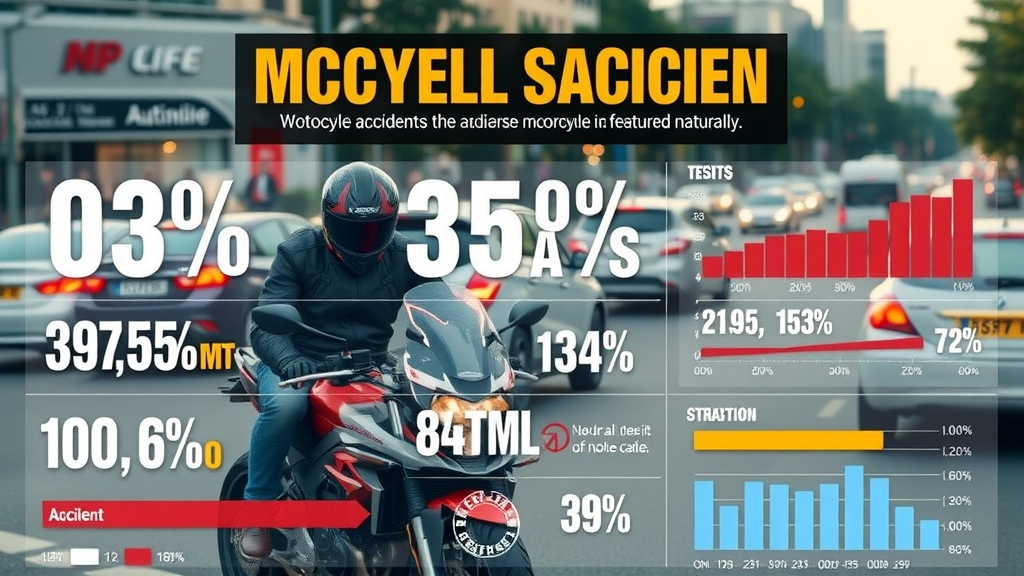
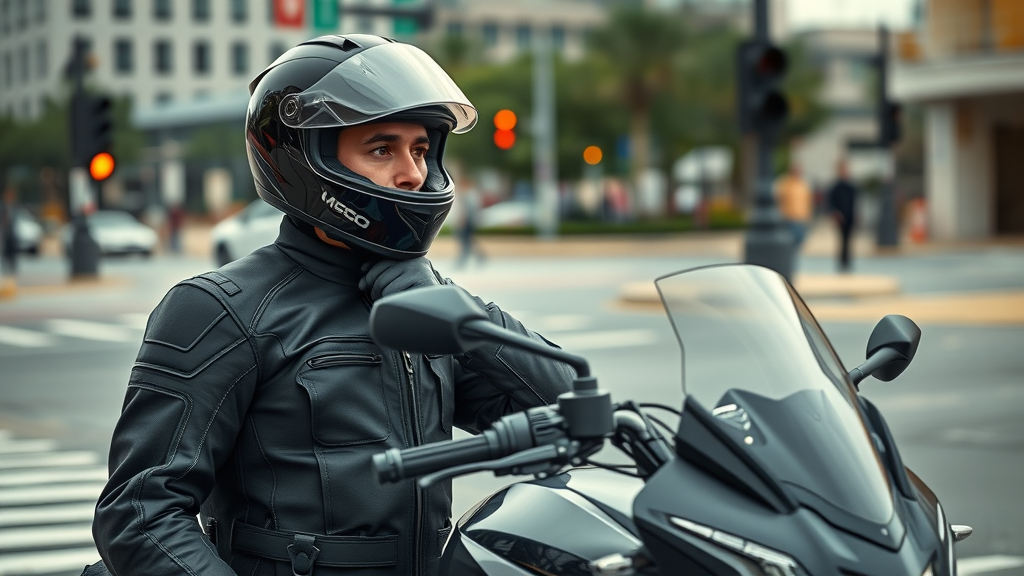
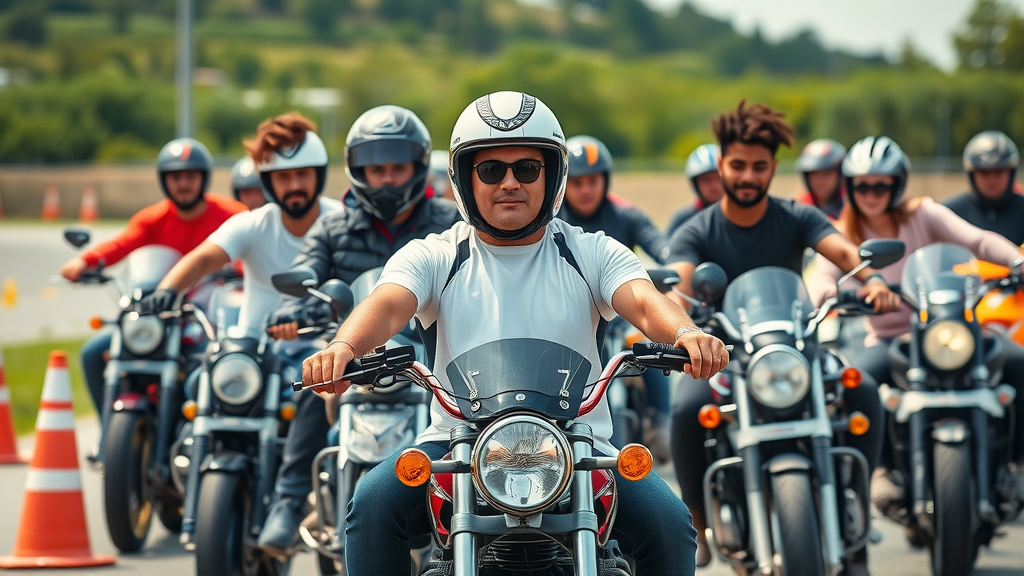
Write A Comment